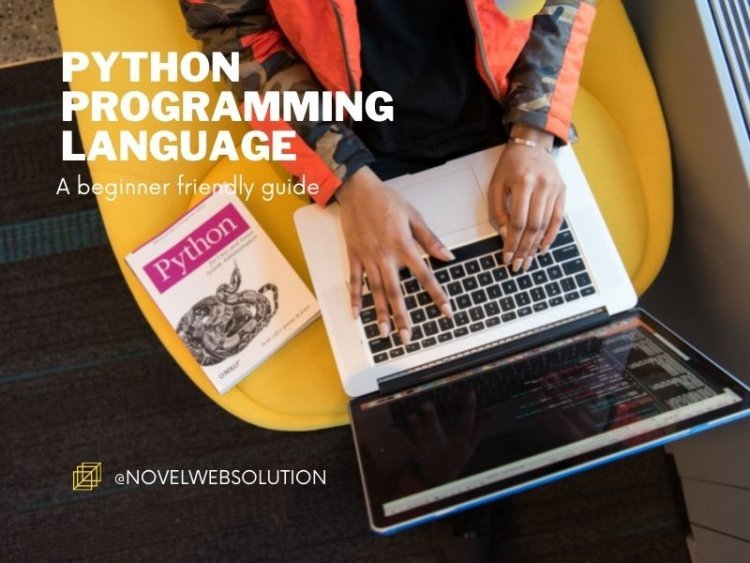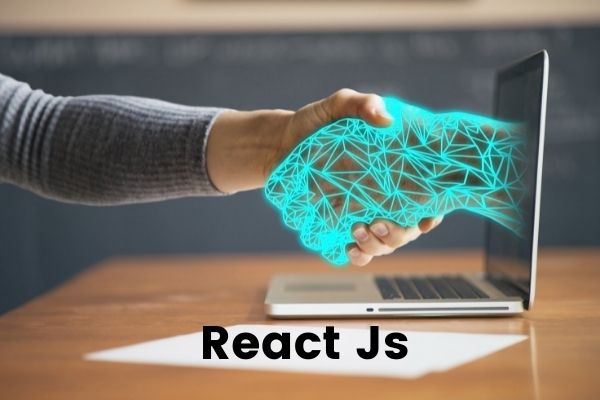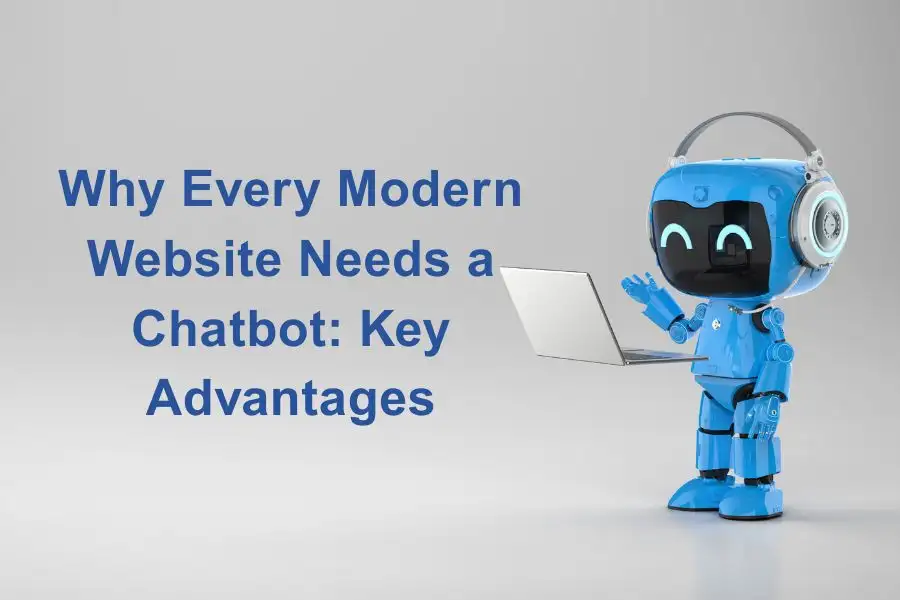Python Programming Language -A Beginner Friendly Guide

As a programmer (or would-be programmer), you'll want to choose a language that's simple to learn, cross-platform, has a strong developer community, and has plenty of built-in capabilities to help you create apps rapidly. Python is one of such languages.
Python is a widely used programming language with several uses. Python is used in areas and enterprises that most of you are already acquainted with, from machine learning to web development.
This step-by-step tutorial will walk you through the Python programming language from beginning to end. It explains what Python is, where it is used, and why it is so popular, as well as how to install Python and some of the language's principles.
Python is a programming language developed by Python. Python is a high-level, dynamically typed programming language that is one of the most widely used. It is used by software engineers, mathematicians, data analysts, scientists, network engineers, students, and accountants, and is one of the fastest-growing programming languages in the world.
Python is a high-level programming language that is interpretable and object-oriented. It's known as an interpreted language since its source code is compiled to bytecode before being interpreted. Before analysing Python code, CPython normally converts it to bytecode.
What Makes Python So Popular?
Python's popularity is due to its features, among other things. It, for example, allows for dynamic type and dynamic binding. In languages like Java, C, and C++, you can't assign a string value to an int variable, and the programme will fail to build. Until the code is performed, Python has no idea what type the variable is. What makes photon language more convenient from the rest of the others is its lower maintenance cost and simple syntax.The code appears to be beautiful and straightforward.
Here's a quick rundown of why Python is so popular:
- Modules and packages are also available in the Python framework, allowing for code reuse.
- Python is an open-source programming language. It is available for free download and usage in your application. Additionally, you can read and write.
- Modules and packages are also available in the Python framework, allowing for code reuse.
- Python is an open-source programming language. It is available for free download and usage in your application.
- The source code may also be read and modified.
- There is no need to compile the code because the Edit-test-debug cycle is quick.
- Supports the handling of exceptions. Errors can occur in any programme.
- Python creates exceptions that can be handled, which prevents applications from crashing.
- Memory management that is done automatically In Python, all Python objects and data structures are stored in a private heap (a data structure that mimics a queue).
How Long Will It Take You to Master Python?
Python is one of the easiest languages to pick up, despite its complexity and widespread use. If you compare the same code written in three different languages for a basic application, Python is likely to need the fewest lines of code, in addition to being "human-readable."
In as little as 3 to 6 months, you may master the basics of Python and start working on your own projects. This will vary depending on your talent and how much work you put in, but you can be comfortable that if you're learning to drive, you'll be able to do it.
What is Python's Purpose?
Python has a wide range of applications, many of which have a significant influence. Here's a rundown of some of the most frequent Python applications:
-
Web design and development
As a web developer, you have a variety of web frameworks to choose from when using Python as a server-side programming language. Python programmers are familiar with both Django and Flask. Django is a full-stack web framework for Python that can be used to create complicated huge web applications, whereas Flask is a lightweight and flexible Python web framework that can be used to create basic web applications and is more Python-based. It's a fantastic place to start for newcomers.The Django framework is used by application heavyweights like Youtube, Spotify, Mozilla, Dropbox, and Instagram, whereas Airbnb, Netflix, Uber, and Samsung employ the Python framework.
-
Artificial Intelligence (AI)
Python is a fairly approachable language, thus there are many wonderful libraries built on top of it to make your life simpler. There are many Python libraries available that allow you to focus on more fascinating topics rather than recreating the wheel. Python is also a good wrapper language for dealing with more efficient C/ C++ implementations of algorithms like CUDA/cuDNN, which is why current machine learning and deep learning packages perform well in Python. Working in the disciplines of machine learning and artificial intelligence necessitates this.
-
Analyze the data
Python has utilities for practically every element of scientific computing. Bank of America crunches its financial data with Python, while Facebook employs the Python module Pandas for data processing.
While there are several Python packages for data analysis, here are a couple to get you started:
NumPy: NumPy is required for scientific computing in Python. It can handle massive, multi-dimensional arrays and matrices, as well as a variety of high-level mathematical functions to manipulate them. SciPy is a Python library that works with NumPy arrays and provides efficient numerical integration and optimization methods. Pandas is a Python package that provides data structures and methods for manipulating numerical tables and time series. It is based on NumPy
SciPy is a Python library that works with NumPy arrays and provides efficient numerical integration and optimization methods. Pandas is a Python package that provides data structures and methods for manipulating numerical tables and time series. It is based on NumPy. With just a few lines of code, Matplotlib can't build data visualisations such as histograms, power spectra, bar charts, and scatter plots.
Today, who uses Python?
Now that you've seen how versatile Python is, you won't be shocked to learn that it's used by everyone from the biggest software businesses to government organisations.
Google, Netflix, Facebook, PayPal, Uber, Spotify, Reddit, and a slew of other companies utilise Python.
Games
Toontown Online, the popular Disney multiplayer online role-playing game, is written in Python and uses Panda 3D for graphics. All of the add-ons and a lot of the functionality in Battlefield 2, a first-person shooter military simulator video game, is written in Python. Frets on Fire is a free, open-source Finnish music video game that uses Pygame.
Pygame is a Python programming language library for creating multimedia applications, such as games.
Applications for the Desktop
Tkinter, which is included in the Python standard library, allows you to develop tiny, basic GUI programmes. PyQt is best used for creating desktop Python bindings for the Qt (C++-based) application development framework. PySide is the Python binding for the Qt cross-platform GUI toolkit.
Today, who uses Python?
Now that you've seen how versatile Python is, you won't be shocked to learn that it's used by everyone from the biggest software businesses to government organisations.
Google, Netflix, Facebook, PayPal, Uber, Spotify, Reddit, and a slew of other companies utilise Python.
Python in Comparison to Other Programming Languages
Python is a great language for beginners and is quite adaptable, however it is not without drawbacks. Some programming languages are naturally superior for certain tasks, and it's worth knowing how Python stacks up against the competition.
Java and C++ are two programming languages.
Even if the code size and development time are smaller, Python runs slower than Java and C++. Python is a dynamic binding language, which contributes to this. It features a basic syntax with variables and functions.
Perl
Python and Perl have a similar heritage in that they are both Unix scripting languages.
Perl focuses on standard application-oriented activities like extracting information from a text file, publishing reports, and converting text files to various forms. Python places a strong emphasis on common features.






